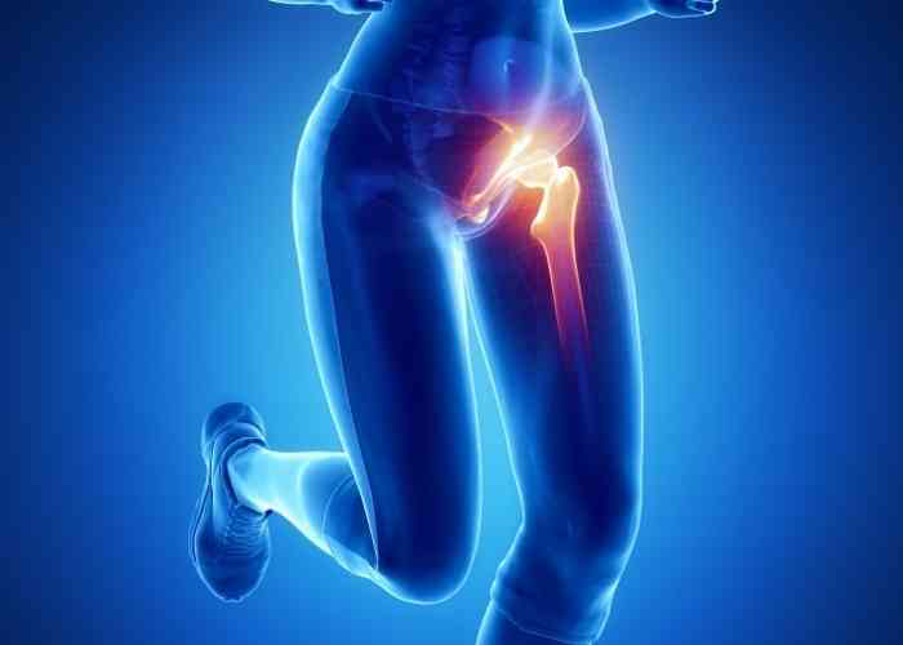Hip keyhole
A minimally invasive procedure to treat hip impingement by reshaping the joint and relieving mechanical pain.
At a glance
About
Abnormal bone shapes in the hip joint cause the bones to rub together
Effective
Referrals
Not Needed
Booking
Instant-book option available
Cost
-
Lincolnshire From £ 9800
Nature of hip keyhole surgery
Hip keyhole surgery addresses structural problems within the joint caused by abnormal bone shapes. By trimming or reshaping these bones arthroscopically, the surgeon reduces friction, relieves pain, and improves joint motion.
Common causes of hip injuries
Hip Impingement is typically caused by overuse or sudden strain, including:
Abnormal bone growth (cam/pincer lesions): Irregular shapes of the ball or socket restrict movement.
Repetitive movement: Sports or occupations requiring hip flexion (e.g., squatting, kicking).
Previous hip injury: Trauma may change joint shape or movement patterns.
Labral damage: Friction from impingement can tear the joint’s soft rim.
Genetics: Some people are naturally predisposed to hip impingement.
Diagnosing suitability for hip keyhole surgery
Your clinician will perform a physical exam and assess your symptoms. Imaging such as X-rays, MRIs, or CT scans will confirm the presence of bone deformities or labral damage. If conservative treatments like physiotherapy or injections fail to relieve your symptoms, and imaging supports a mechanical cause, keyhole surgery may be recommended to correct the underlying issue.
Suitable for
Femoroacetabular impingement (FAI)

Labral tears caused by impingement

Treatment overview
Hip keyhole surgery, or arthroscopy, is a minimally invasive procedure used to treat impingement. Using a small camera and specialised instruments inserted through tiny incisions, the surgeon reshapes the ball (femoral head) or socket (acetabulum) to eliminate abnormal contact. This restores smooth joint movement, relieves pain, and protects the cartilage and labrum from further damage. Recovery typically includes physiotherapy to restore strength and mobility.
Hip impingement—also known as femoroacetabular impingement (FAI)—occurs when abnormal bone shapes in the hip joint cause the bones to rub together, leading to pain, stiffness, and potential joint damage. It’s common in active individuals and athletes and can worsen over time if untreated.

Benefits

Minimally invasive

Relieves hip and groin pain

Restores normal joint movement

Helps prevent arthritis progression

Faster recovery than open surgery
How to Pay
We offer a range of flexible payment options to make your treatment experience smooth and stress-free.
Paying for Yourself (Preferred Option)
Most patients choose to self-fund their treatment. We accept:
- Bank Transfers
- Credit/Debit Cards
- Cash (in person only)
Instalment Plans
We’ve partnered with GoCardless to offer interest-free instalment options. You can easily set up a Direct Debit to spread the cost of your treatment over time.
Finance Options
Looking for a financing plan? You can apply through Kandoo, our trusted finance partner.
- Instant online decision
- No impact on your credit score
- Multiple lenders for competitive rates
Private Medical Insurance (Limited Availability)
We work with a small number of approved insurance providers. However, due to restrictions from many insurers, not all treatments are covered. Please check with your insurer and speak to our team before booking to avoid disappointment.
The booking process
Online booking/call
Use our Calendly to book an initial consultation, or give us a call.
01
Consult
If you are a new patient, our doctors might arrange a consultation before treatment.
02
Treatment
You will be booked in for treatment.
03
Follow up
Our doctors might arrange a follow-up consultation, to check your response to treatment.
04
Discharge
Once your doctor is happy with your recovery, you will be discharged. After discharge, we are always here for further questions or support, should you need it.
05
Frequently Asked Questions
How long is the recovery after hip keyhole surgery?
Most people return to light activities in 4–6 weeks and sports within 3–6 months.
Is the procedure painful?
Discomfort is usually mild and manageable with pain relief. Most patients go home the same day.
Will I need physiotherapy afterwards?
Yes. Rehab is key to regaining strength, flexibility, and full joint function.
Schedule A Discovery Call With Us
Don’t wait to find relief. Whether it’s a consultation, scan, or treatment, we’re ready to help.






